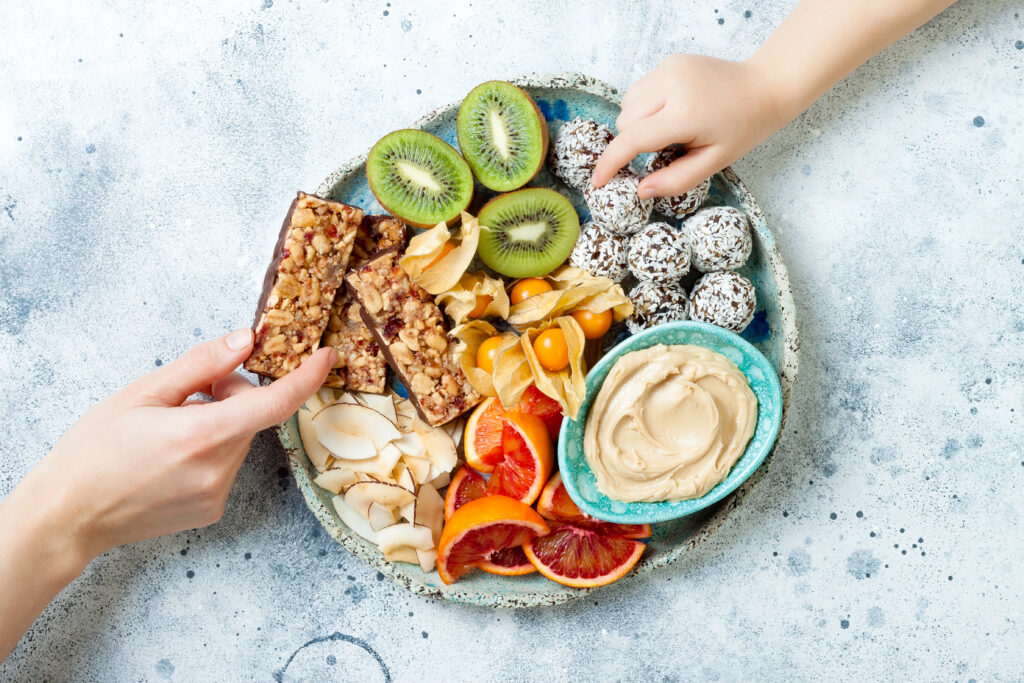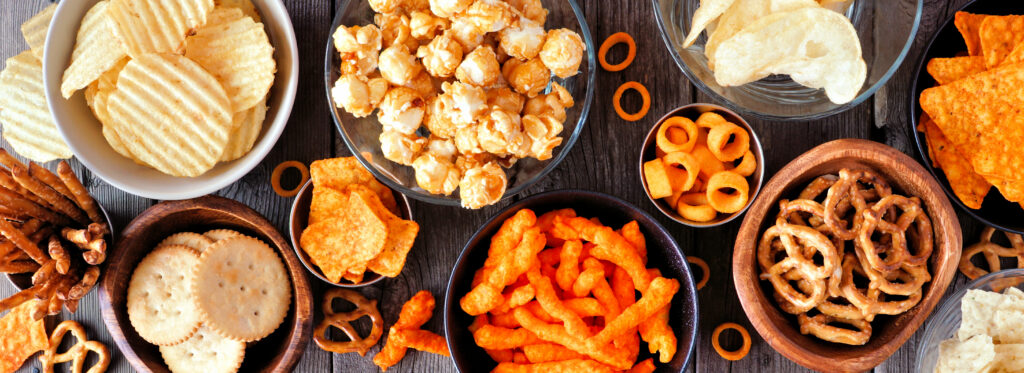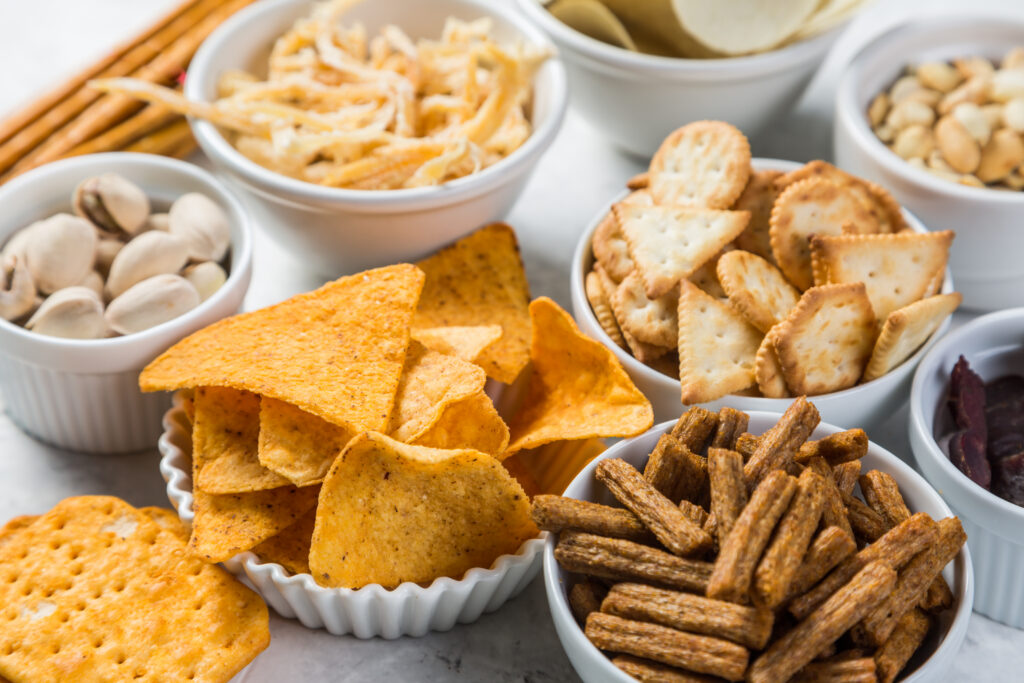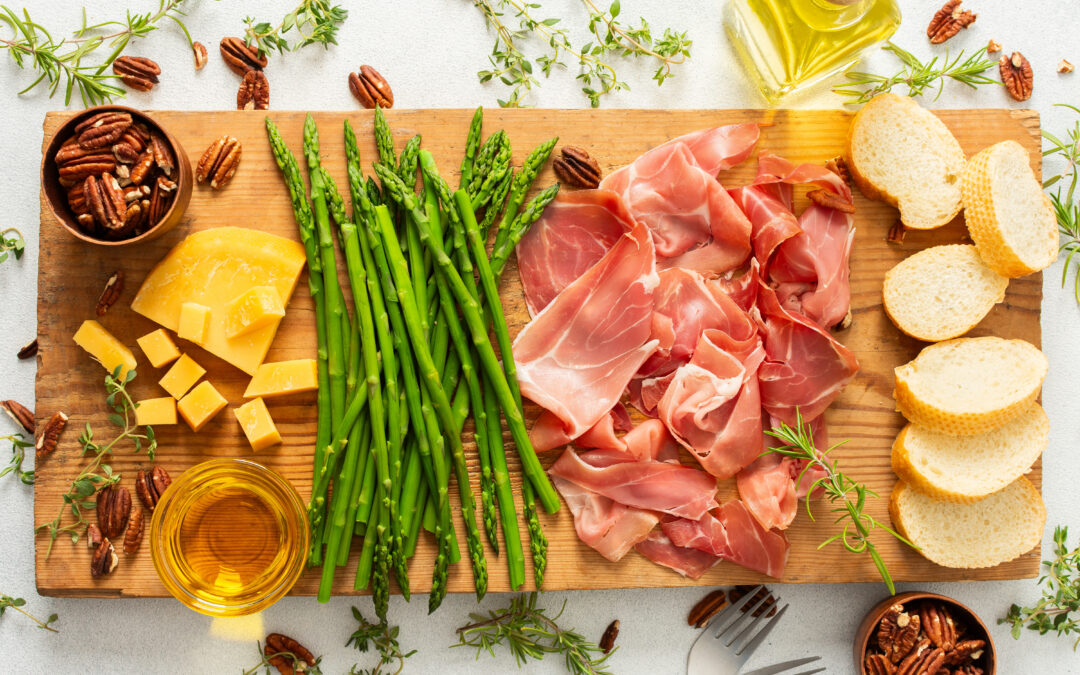It started innocently enough. Women posting photos of their dinner on TikTok – not elaborate home-cooked meals, but chaotic assemblages of random snacks. Cheese and crackers. Pickles straight from the jar. Leftover pasta eaten cold. A handful of grapes. Some chocolate. Maybe wine.
They called it “girl dinner,” and the internet immediately understood.
Within months, what began as a humorous acknowledgment of low-effort eating became a full-blown cultural conversation about emotional eating, convenience culture, traditional meal standards, and gender expectations around food preparation.
From Meme to Market Category
The girl dinner phenomenon exploded in 2023 and has only intensified through 2025. What’s remarkable isn’t just the meme’s longevity – it’s how quickly the food industry responded.
“Adult lunchables” are now a booming market category. Major brands launched sophisticated snack boxes specifically marketed to adults who want the nostalgic compartmentalized eating experience without the children’s branding. Whole Foods, Trader Joe’s, and even gas stations now stock curated snack plates with cheese, crackers, nuts, and dried fruit marketed explicitly as meal replacements.
Starbucks introduced “Bistro Boxes” years ago, but their sales have surged alongside the girl dinner trend. Other chains followed suit. The message is clear: not every meal needs to be a production.
What Girl Dinner Actually Reveals
On the surface, girl dinner is about convenience and low effort. But dig deeper and it reveals something more complex about modern life, gender roles, and our relationship with food.
For many women, girl dinner represents freedom from the expectation that they should cook elaborate meals. It’s permission to feed themselves the way they might feed themselves when no one’s watching – intuitively, playfully, without judgment.
The trend also highlights meal fatigue. After years of pandemic cooking, many people are exhausted by the daily question of “what’s for dinner?” Girl dinner says: sometimes the answer can be “whatever’s in the fridge” and that’s perfectly valid.
There’s also an element of economic reality. Proper grocery shopping and meal planning require time, money, and mental energy. A girl dinner of whatever’s available is sometimes the most realistic option for people juggling work, life, and limited resources.

The Criticism and the Defense
Not everyone celebrated the trend. Nutritionists worried about the lack of balanced meals. Some critics argued it glamorized disordered eating or promoted unhealthy relationships with food.
Others pointed out the gender dynamics – why is it specifically “girl” dinner? Do men not also eat random snacks for meals? The implication seemed to be that women don’t need proper nutrition or shouldn’t expect themselves to cook.
But defenders of the trend argue it’s precisely about rejecting those gendered expectations. It’s not saying women shouldn’t eat well – it’s saying they shouldn’t feel obligated to perform elaborate meal preparation for themselves or others. It’s reclaiming casual eating as a valid choice rather than a shameful secret.
The conversation got even more nuanced when people started posting “boy dinner” – typically massive quantities of a single food item, like an entire rotisserie chicken or a pound of deli meat. The contrast highlighted different cultural scripts around how men and women are “supposed” to eat.
How Eating Culture Is Shifting
Girl dinner is part of a broader shift in how we think about meals and eating.
The three-square-meals model is increasingly outdated. More people are grazing throughout the day, eating when hungry rather than at prescribed times, and treating snacks as legitimate meals rather than guilty indulgences.
Food culture is simultaneously becoming more sophisticated (farm-to-table, artisanal everything, food as experience) and more casual (meal kits, snack plates, eating while walking). Girl dinner exists in that tension – it’s both a rejection of food culture’s demands and an embrace of personal food preferences.
Social media has also changed how we relate to eating. We perform meals for the camera, curate our food choices, and seek validation through likes and comments. Girl dinner, ironically, became performative too – people carefully arranging their “chaotic” snack plates to look aesthetically pleasing for TikTok.
The Corporate Response
Major food brands didn’t miss the opportunity. Beyond adult lunchables, companies started marketing directly to the girl dinner crowd.
Charcuterie board kits exploded in popularity. Pre-portioned cheese and cracker combinations. Gourmet pickle varieties. Fancy tinned fish (which became its own TikTok trend). Artisanal crackers, flavored nuts, dried fruits, chocolate-covered everything.
The message from food marketers: your snack plate deserves to be elevated. What started as eating whatever’s available became another consumer category complete with premium products and aspirational branding.
Some see this as missing the point – girl dinner was supposed to be anti-consumerist, pro-convenience, and unpretentious. Others argue it simply reflects how any cultural moment gets commercialized. The trend created demand, and capitalism responded.

Beyond Gender: Universal Meal Fatigue
As the trend matured, it transcended its original gender framing. People of all genders started embracing the concept, even if they didn’t use the specific term.
What girl dinner really captured was universal meal fatigue – the exhaustion of constantly planning, shopping for, preparing, and cleaning up after meals. The recognition that sometimes you just want to eat without it being a whole thing.
It validated feelings many people had but felt guilty about: that cooking every night is exhausting, that sometimes cereal for dinner is fine, that elaborate meal prep isn’t accessible or desirable for everyone.
The trend also coincided with increased awareness of decision fatigue and executive function challenges. For people with ADHD, depression, or just overwhelming schedules, the pressure to make and execute meal decisions three times a day can be genuinely draining. Girl dinner said: it’s okay to simplify.
Why We’re Obsessed
There’s something deeply comforting about the collective permission girl dinner represents.
In a culture that constantly demands we do more, be more, achieve more, girl dinner is a small rebellion. It says: you don’t have to perform perfectly, even in something as basic as feeding yourself. You can prioritize ease and pleasure over nutrition and presentation. You can eat what you want without justifying it.
It’s also democratizing. A fancy restaurant meal or elaborate home cooking require resources – money, time, skill, equipment. Girl dinner requires none of that. It’s accessible to everyone, which makes it feel more honest and relatable than most food content.
The trend taps into our desire for authenticity in an increasingly curated world. While Instagram food culture demands perfect plating and restaurant-quality results, girl dinner celebrates the messy, imperfect reality of how many people actually eat when they’re not performing for an audience.
Most fundamentally, girl dinner gives us permission to be human. To be tired. To not have it all together. To feed ourselves imperfectly and that being enough.
So grab that cheese. Open those pickles. Pour that wine. Arrange it however you want. Call it dinner and call it good.
You’re not lazy or failing at adulthood. You’re just eating like a real person in a real life. And that’s more than okay.


